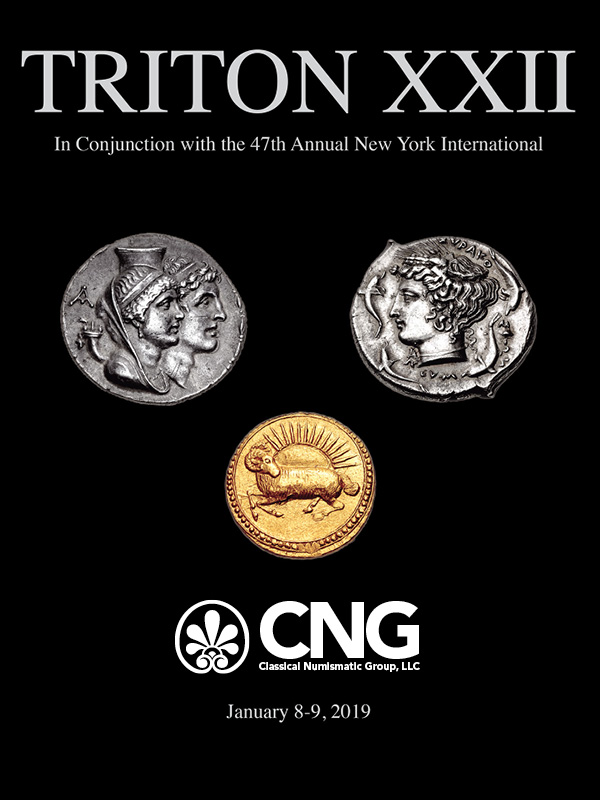
PREV ARTICLE
NEXT ARTICLE
FULL ISSUE
PREV FULL ISSUE
VOCABULARY TERM: BIMETALLICDick Johnson submitted this entry from his Encyclopedia of Coin and Medal Terminology. Thanks. -Editor Bimetallic Bimetallic. A numismatic piece of two separate parts, each a different metal, usually one inset within the frame of the other; or one piece applied to a base medal, each of a different composition. The two metals are of contrasting colors to heighten the effect, as brass inset in a ring or frame of copper, white metal or aluminum. The inset is called a plug, particularly if it is heavier of the two metals or goes entirely through the piece and is exhibited on both sides. If it is only applied to one side it is called a center emblem (usually a thin metal shell). Bimetallic Coins. The first bimetallic coin was struck in 1684 of James II in England. A square copper plug was placed in the center of a farthing struck in tin. It was dated on the edge – which corroded easily – making obscure the date of issues. Even so, this early bimetallic coinage was struck the following year as well. In an attempt to bring the bullion value of a one cent coin up to face value, Henry Voigt at the newly formed U.S. Mint in Philadelphia in 1792 created patterns of a silver center cent. His experiment was to add a small plug of silver (worth 3/4 cent) to a bronze blank (worth 1/4 cent). After preparing a dozen or so samples he realized the impracticality of this idea. The first modern coin in bimetallic composition was struck in Italy in 1982, a 500-lire coin with an outer ring in acmonital (stainless steel), with a bronze center. In 1992, The Paris Mint struck the first trimetallic alloy, a 20-franc coin. (This also became the first multimetallic coin.) Canada followed by experimenting with a bimetallic blank in 1995, and striking a bronze center in a copper-nickel frame for a $2 denomination. The blanks are made by private suppliers outside the mint. The popularity of bimetallic coins has spread to other countries including the United States. Bimetallic Medals. In the mid 1890s several U.S. medal manufacturers, including August Frank of Philadelphia, offered a stock copper frame with a choice from dozens of stock inset center emblems, these were logos of fraternal organizations or sports event symbols. The custom continues today where shell insets are applied to a base medal; these are cheaply-made ribboned medals offered by trophy and medal houses, again mostly for sports awards. Heeren Bros & Company of Pittsburgh developed a process (circa 1909) in which they partially plated a portrait struck on an aluminum piece (King 337-339). The plating was gold or copper to contrast with the aluminum. After several year's time, however, the plating leached onto the aluminum with tiny branch-like spikes giving an unattractive appearance to the piece. They applied for a patent for the process, but it did not succeed beyond these early somewhat experimental pieces. In Europe a German manufacturer put center emblems of zodiac symbols in aluminum on the reverse of copper talismanic medals. {J&J 25:16534?}. Bimetallic Tokens. Usually a brass plug set inside an aluminum frame, bimetallic tokens were struck in America for the first three decades of the 20th century. The concept of using two metals in a single token was to increase their security and prevent counterfeiting. Bimetallic tokens were numerous enough for numismatist David Schenkman to publish a list of these in 1990. Other bimetallic techniques. Other two-color effects exist in numismatics, but it should be noted these do not employ two or more contrasting metal alloys. A number of noncirculating legal tender coins have been created with partial plating. An example is the gold plated device on the Republic of Minerva fantasy coin. These are not considered bimetallic. Also, by using a stop off, a finish may be created where two or more color patinas are applied to the same piece by intent. However, this process should not be considered the same as parcel gilt (plating worn off to reveal base metal different color) and are not considered bimetallic. When one metal and one or more nonmetallic compositions are used in the same piece, this is called mixed media, and are created for their artist content. These medallic items almost always have one metal component, plus plastic, wood, crystal, or other composition. These, obviously, are not bimetallic, even if two metal alloys are used plus one or more nonmetallic compositions. In cataloging bimetallic items both compositions must be identified and mentioned. Reference: Looking for the meaning of a numismatic word, or the description of a term? Try the Newman Numismatic Portal's Numismatic Dictionary at: https://nnp.wustl.edu/library/dictionary Or if you would like a printed copy of the complete Encyclopedia, it is available. There are 1,854 terms, on 678 pages, in The Encyclopedia of Coin and Medal Technology. Even running two a week would require more than 19 years to publish them all. If you would like an advance draft of this vital reference work it may be obtained from the author for your check of $50 sent postpaid. Dick Johnson, 139 Thompson Drive, Torrington, CT 06790.  Wayne Homren, Editor The Numismatic Bibliomania Society is a non-profit organization promoting numismatic literature. See our web site at coinbooks.org. To submit items for publication in The E-Sylum, write to the Editor at this address: whomren@gmail.com To subscribe go to: https://my.binhost.com/lists/listinfo/esylum All Rights Reserved. NBS Home Page Contact the NBS webmaster 
|